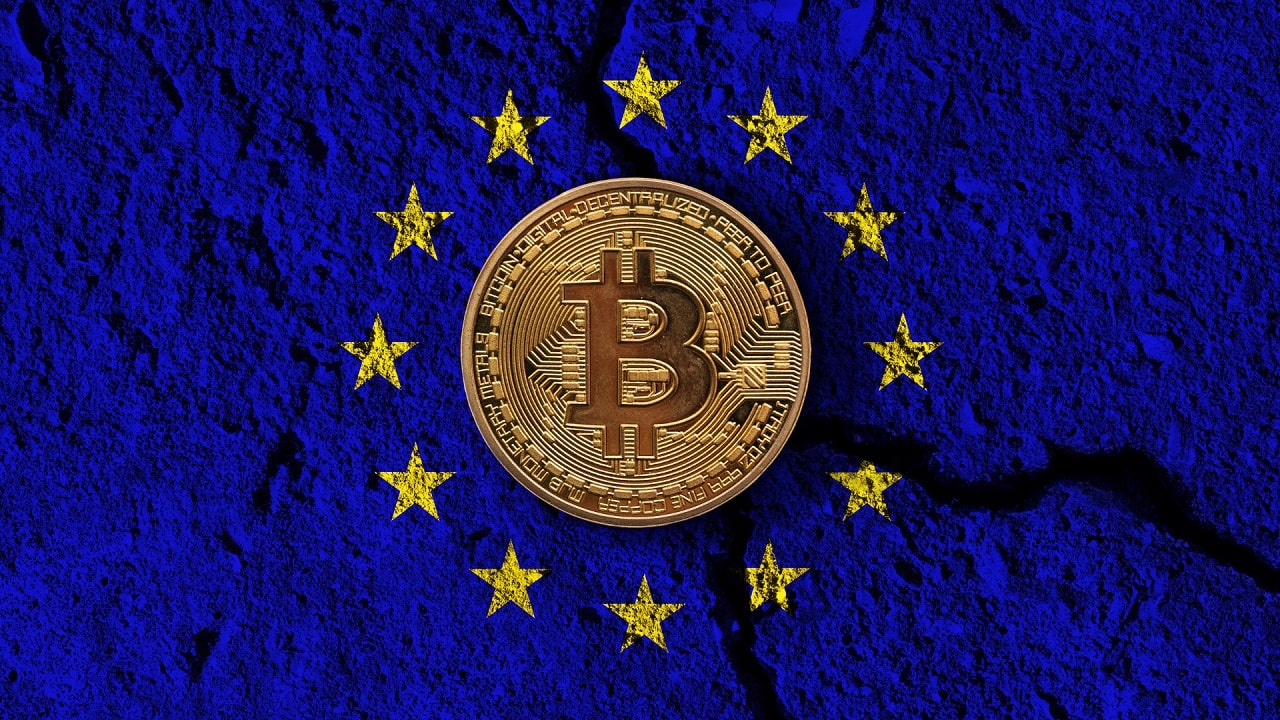Just before the end of June, yesterday evening, the Commission for Economic and Monetary Affairs and the European Council they found an agreement. Europe approves the new ones standards per regulate cryptocurrencies: the regulation is born MiCA (Markets in Crypto-Assets). A set of regulations that should ensure to reduce the climatic impact of cryptocurrencies, as well as prevent their use for fraud or criminal activity.
Europe approves MiCa regulations on cryptocurrencies
Member of the European Parliament Stefan Berger commented “In the Wild West of the crypto world, MiCA will set global standards”. According to the German and the other members who have found the agreement, the approval of these rules allows to “harmonize the market, provide legal certainty for those who distribute crypto assets”. It will also provide a “level game plan for service providers and ensure high standards of consumer protection”.
The new regulatory framework introduces several important innovations in the cryptocurrency market. The most evident is the birth of a public register administered by‘European Securities and Markets Authority (ESMA)which should provide protection against money laundering arising from illegal proceeds. The rules envisaged for the cryptocurrency market will be more stringent than normal cash transactions, because there will be no minimum limit: every transaction, even of one euro, will be monitored.
The impact on the environment
Another norm strongly desired by Brussels politicians concerns transparency in environmental sustainability. In fact the main ones crypto service provider (CASP) they will have to provide a report of the energy consumption.

They will also have to declare environmental and climatic impact to the national authorities in which they operate, which in turn will communicate the data to ESMA.
MiCA is about cryptocurrencies, but the rules don’t apply to NFTs
According to what is written in the draft agreement, the MiCA rules will cover all cryptocurrencies. Including the most important such as Bitcoin and Ether. While at the moment the application of the rules is not foreseen even for non-fungible tokens (NFT). Including “cinema tickets, digital collectibles from fashion brands and in-game items for computer games”, the draft reads.
However, MiCA does not close the possibility that NFTs will one day be valued as financial instruments or crypto assets subject to the regulations.

The law agreed between the Commission and the Council after an initial 2020 proposal was rejected. That bill provided for the possibility of ban Bitcoin and all other cryptocurrencies that use too much energy for the proof-of-work needed to validate them. Putting aside those more decisive measures, today’s compromise still has some points to clarify with parliamentary discussions, especially regarding the ‘sovereignty’ of service providers. In other words, it is necessary to understand if the law will impose on crypto company to have an office in Europein order to be able to intervene in case of violation of the rules.
The cryptocurrency market right now is experiencing really complicated times, with the collapse of some tokens and the loss of value for many coins. The new rules could have a direct impact on this market, although it is currently too early to understand whether it can be economically positive or negative. And especially if it produces the desired effects in reducing environmental impact of cryptocurrencies and in prevent the use of tokens for illegal activities.















Leave a Reply
View Comments